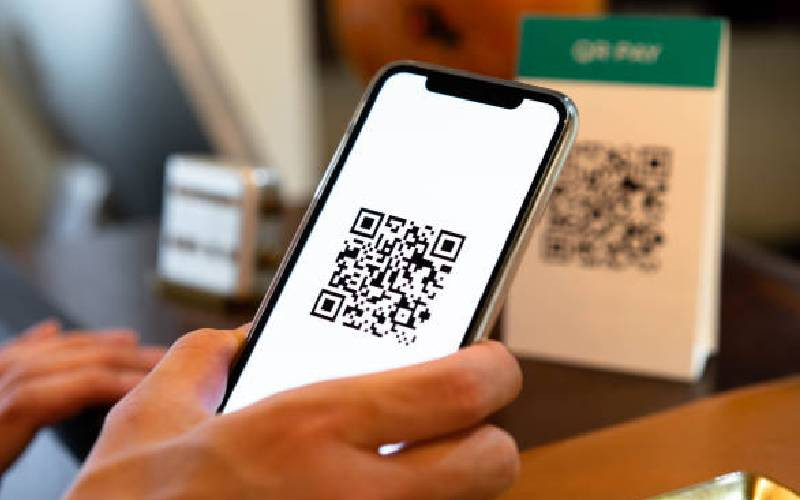
While Covid-19 came as a pain in the neck to many global communities, it also came as a blessing in disguise - its disruptive mode brought about technological innovations that have caused increasingly prolific technological trends, some of which have been thrust prominently into the forefront.
One such innovation is the QR code. Global surveys indicate that 4 per cent of all consumer transactions are processed by QR codes. What was initially a digital tool geared more for marketing and operations-related use has now expanded its scope into alternative applications including the healthcare sector.